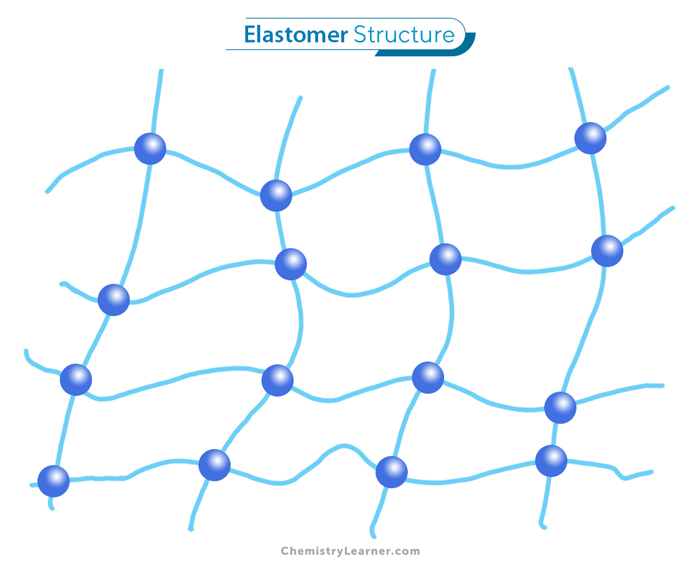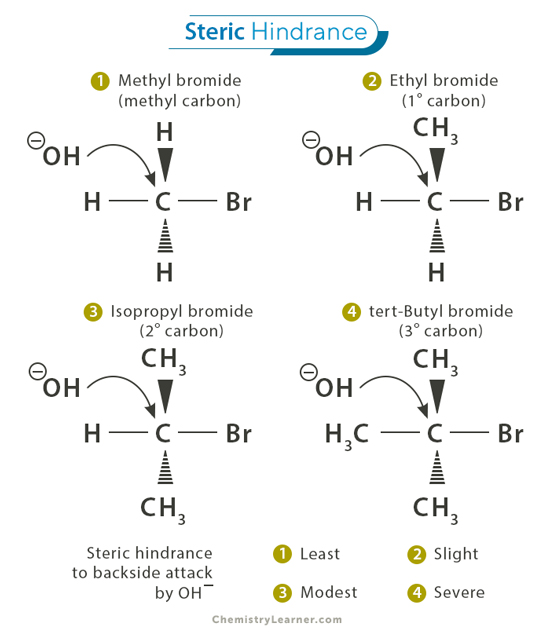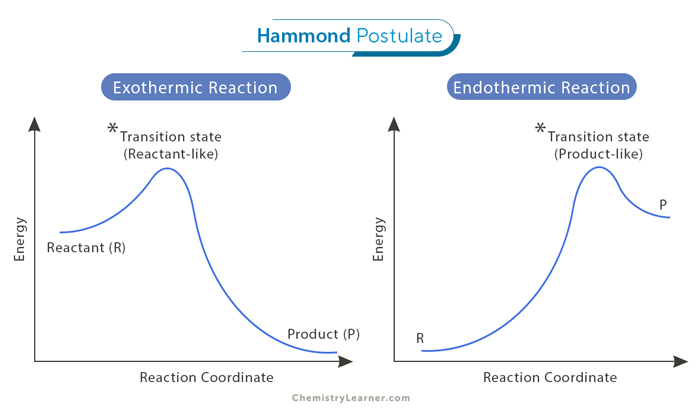Decarboxylation Reaction
Decarboxylation is a chemical reaction in which a carboxyl group (–COOH) is removed from a molecule and released as carbon dioxide (CO2). This process usually occurs when certain types of organic acids are heated. Once the carboxyl group is removed, the remaining molecule is often smaller and more reactive. [1-4]
Functional Group Requirements
The structure of the molecule plays a big role in whether decarboxylation will happen easily.
Not all carboxylic acids readily lose carbon dioxide. Some require specific structural features that make the reaction easier. [1-4]
One important group is called β-keto acids. These molecules have a carboxylic acid and a ketone group (C=O), two carbon atoms away. When heated, β-keto acids can easily lose CO2 because the electrons can shift within a stable, ring-like transition state during the reaction.
Another example is malonic acid derivatives. These contain two carboxylic acid-related groups (typically one carboxylic acid group and one ester group) attached to the same carbon. Upon heating, one carboxyl group is released as CO2. This reaction also proceeds through a six-membered ring transition state, adding stability. (You can find an article on Malonic Ester Synthesis here.)
Aromatic carboxylic acids, such as benzoic acid, can also undergo decarboxylation, though usually under harsher conditions, such as strong bases or special reagents. The -COOH group is attached to a benzene ring in these molecules. If an electron-withdrawing group like –OH or –NO2 is in the correct position on the ring, it can facilitate the reaction.
General Reaction and Conditions
The general form of a decarboxylation reaction is: [1-4]
R–COOH → RH + CO2
Here, the molecule loses the carboxylic acid group (–COOH) as carbon dioxide (CO2), and the rest of the molecule (R) becomes a hydrocarbon (RH).
The reaction typically occurs at moderate temperatures, where heat provides the energy to break the bond between the carbon and carboxyl groups.
To make the reaction more efficient, chemists often use catalysts. These include acids, bases, or metal salts such as copper or calcium compounds. The choice of catalyst depends on the molecular structure and how easily it can lose CO2.
Reaction Mechanism [1-4]
Step 1: When heat is applied, electrons in the bond between the -COOH group and the carbon backbone shift. At the same time, a bond within the -COOH group breaks, initiating the formation of CO2.
This step involves a six-membered ring-shaped transition state, in which atoms temporarily rearrange into a loop, making it easier for the -COOH group to leave.
Step 2: The -COOH group detaches and exits the molecule as carbon dioxide gas (CO2). This escaping gas helps drive the reaction forward.
Step 3: After CO2 is released, the molecule is left in an unstable form called an enol, a compound with a carbon-carbon double bond and an -OH group.
Step 4: The enol quickly rearranges into a ketone, a more stable structure. This final product is the main organic compound formed after decarboxylation.
Applications [1-4]
- Organic Synthesis: Shortens carbon chains, makes alkenes, and creates aromatic compounds. It also appears in named reactions like the Hunsdiecker reaction and Kolbe electrolysis.
- Medicine: Helps activate certain drugs in the body, allowing them to function properly at their target sites
- Climate Science: Researchers are exploring decarboxylation in carbon capture technologies aimed at reducing CO2 emissions and combating global warming.
- Cooking: Used in food preparation, for example, to activate ingredients in cannabis edibles and to enhance flavor when roasting coffee beans
- Biofuels: Converts fatty acids from plants or animals into usable fuel sources
- Body Processes: Occurs naturally during cellular respiration, providing us with energy from food and producing carbon dioxide, which we exhale.





